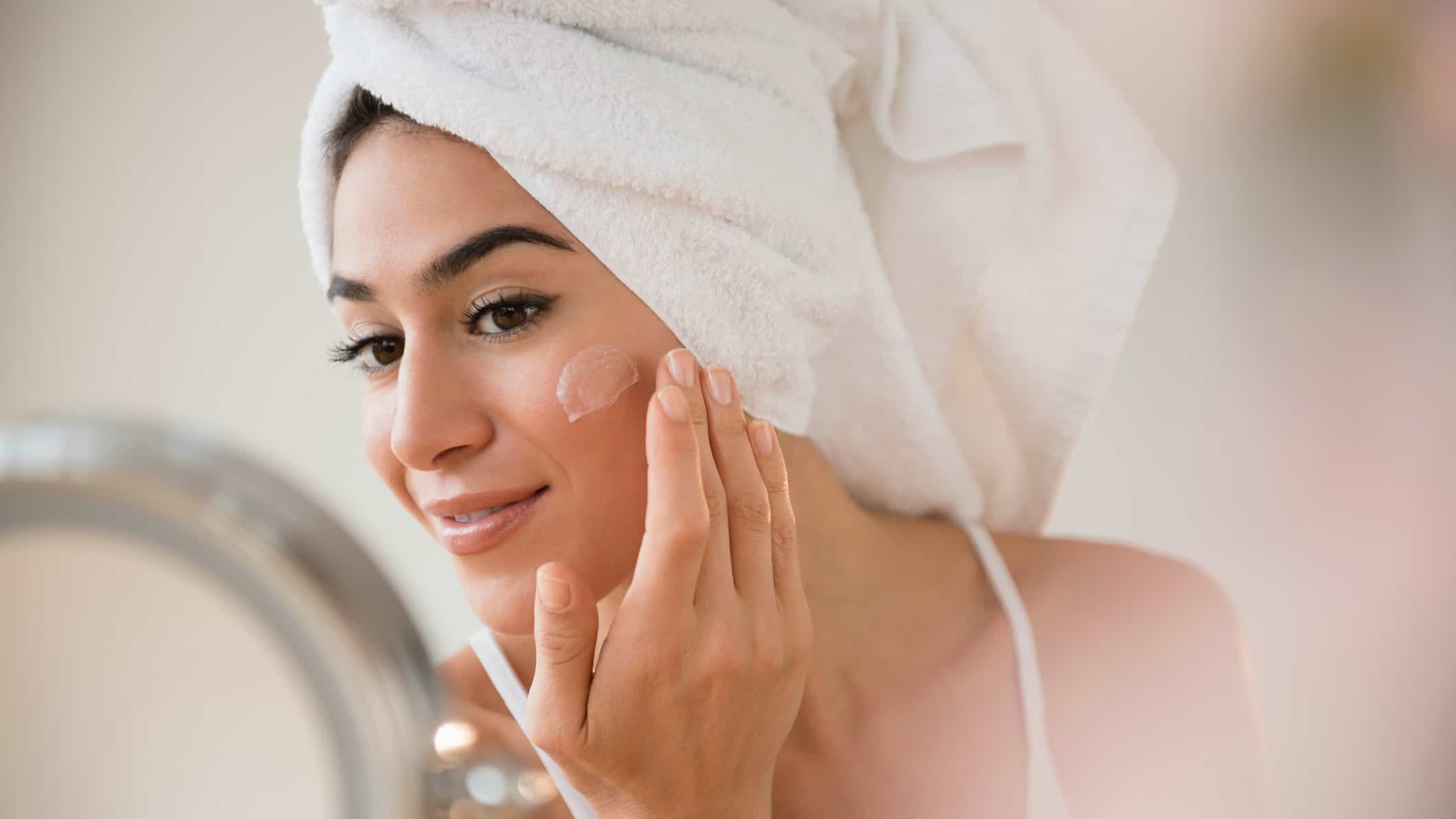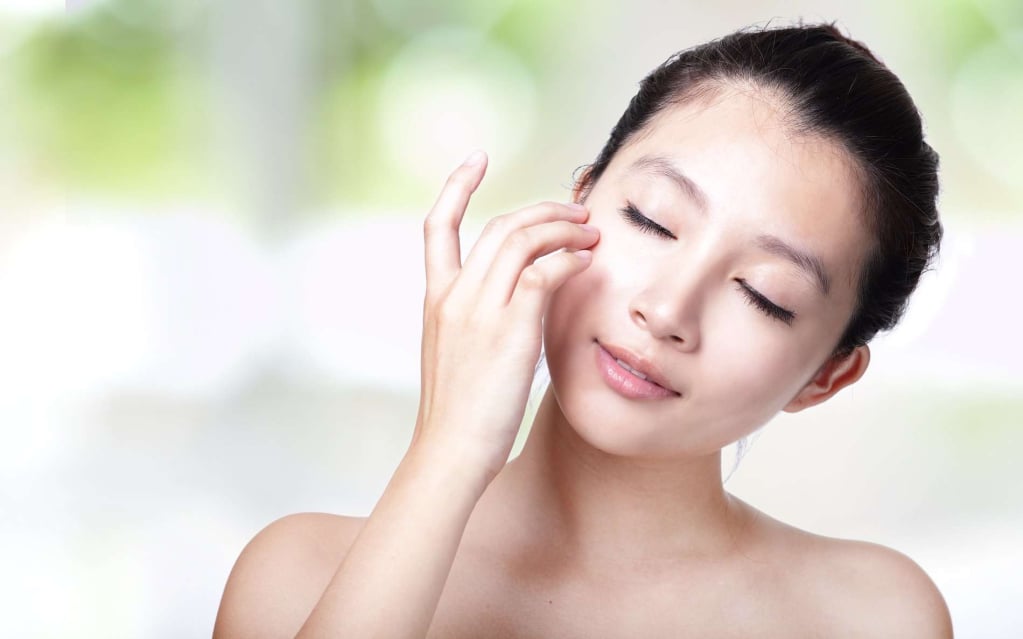4 Tips for Using the Correct Facial Moisturizer for Maximum Results

Many people regularly use facial moisturizers but don’t get the desired results. This could be because of the wrong way to use it. Even though it looks like it is only applied to the skin, you shouldn’t use a moisturizer carelessly. Follow the guidelines for how to use the correct facial moisturizer below.
A guide to using the correct facial moisturizer
1. Smooth from outside to inside
How to use a moisturizer that is originally smeared certainly does not make your facial skin benefit. First, first dab the moisturizing cream all over the face. Smooth from the outer side of the face towards the center in a circular upward motion. Start at the center of the chin. Gently massage in gentle circular motions down the jaw line towards the forehead and ending at the nose area.
If you use it in the reverse direction – from the nose area to the ears – it will leave a residue of moisture and build up around the hairline path. How to use it like this causes clogged pores around the hairline near your ears. When the pores are clogged, instead of the face being clean, there will be lots of blackheads and pimples in the area.
2. Don’t forget about the neck
The main function of a moisturizer is to keep the skin smooth, supple, and not dry. Maybe, most of you don’t really care about the skin on the neck. In fact, neck skin is an extension of your facial skin that needs to be treated as well.
Most people will apply a larger amount of moisturizer to the face, then apply the rest to the neck. This is the most common mistake. Instead, apply one ointment to your face and use one more ointment for your neck.
If only halfway, it could be that the skin color of your neck will be much different. Don’t want to be like that, do you?
3. Use as soon as possible after bathing
When will you use face moisturizer? Most people use a moisturizer after showering or cleaning their face. This is not wrong, because it is ideally like that. However, don’t leave the skin on for more than a minute. Because the skin will start to become dehydrated because dry air reduces skin moisture.
Just lightly pat your face lightly with a clean towel to remove any remaining dripping bath water. It’s best to use a moisturizer as soon as you get out of the shower, so that the moisture on your face is maintained and prevents the risk of dry, cracked skin.

4. Use a moisturizer that suits your facial skin type
Many people feel that it is okay to use the same moisturizing product for their face and body skin. In fact, this will actually make facial skin tend to be oily. In fact, the moisturizing content for oily body skin is used to moisturize parts of the body that tend to dry out, such as the knees and elbows.
Now, if you use it for your face too, while your face is the oily type, it will worsen the condition of facial oil. In addition, special skin moisturizers can also clog pores when used for facial skin and will actually cause acne.
Remember that facial skin is more sensitive than other parts of the body, and that the skin on the hands and feet is thicker and more elastic than skin on other areas. In short, people with normal skin can use light moisturizers that contain natural oils, but people with dry skin need heavier lotions that lock in moisture.
5. Don’t forget to adjust the humidifier according to the weather
Not only do you have to adjust to the type of skin you have, but also the weather in your environment. If at that time the weather in your neighborhood is very hot, then make sure that your facial moisturizer contains SPF.
The greater the SPF content of your facial moisturizer, the more it can protect your skin from exposure to UVA and UVB rays which can cause sunburn. So, make sure that you choose the right moisturizer according to your needs at that time.
Hello Health Group and Hello Sehat do not provide medical advice, diagnosis or treatment. Please check our editorial policy page for more detailed information.